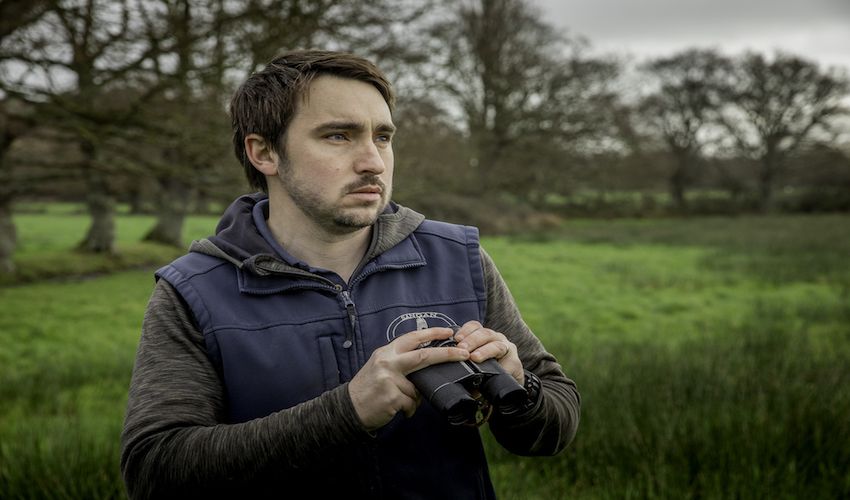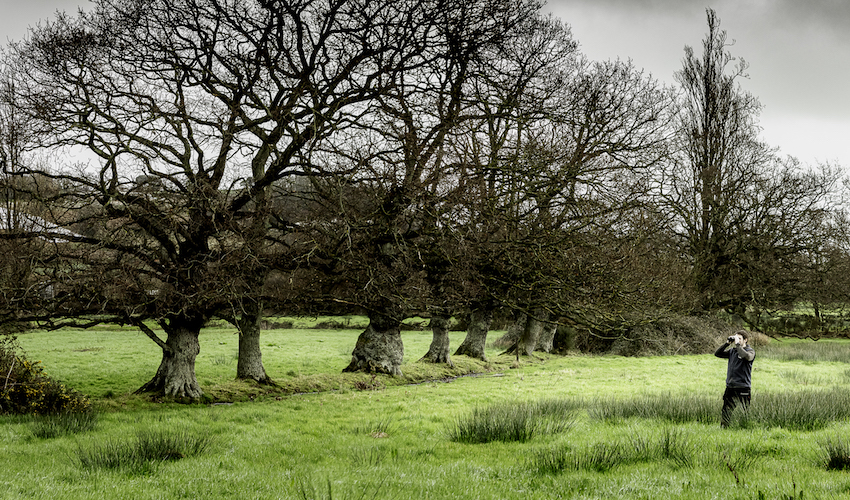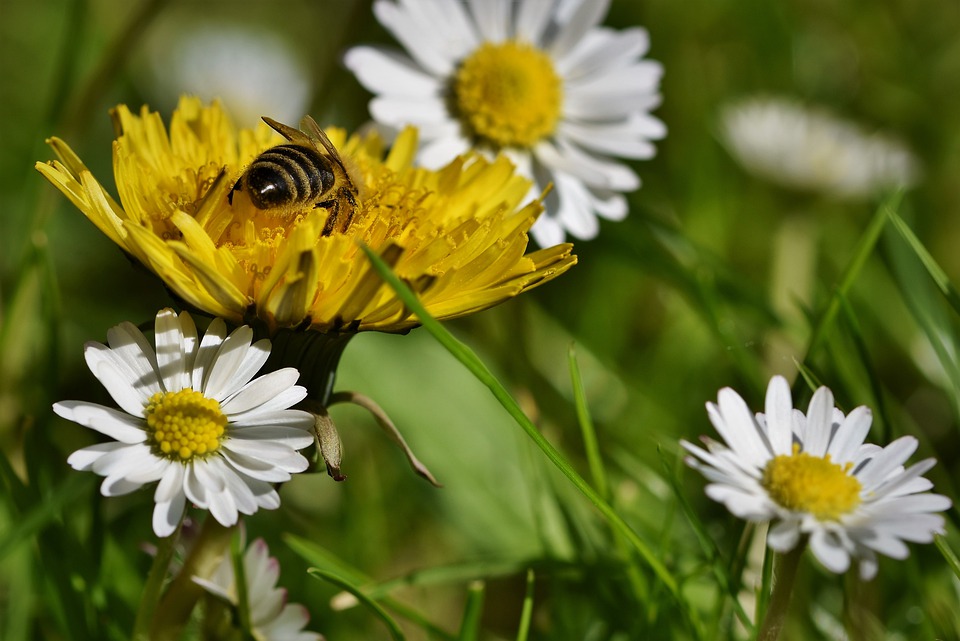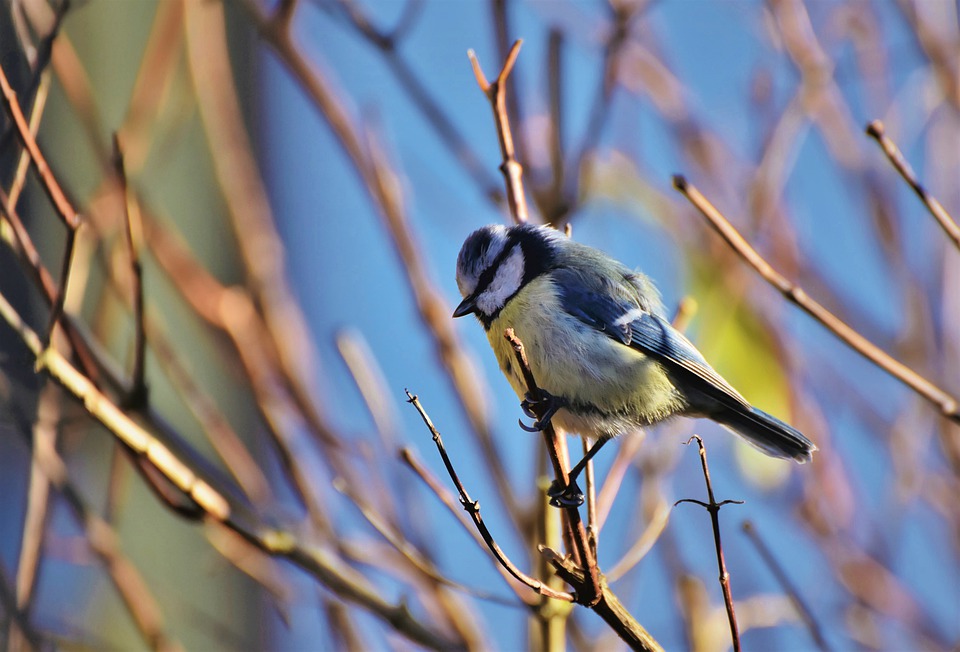

It's time to welcome dirt, damage and decay back into our understanding of "countryside".
That's the argument of local conservationist Piers Sangan, who wants islanders to stop and think before their garden clean-ups.
He explains why in his first column for Express...
"The neat and tidy countryside: a very British notion that we see time and time again on television and in magazine articles... The pristine country walks, particularly during the spring when flowers are emerging, and when the well-managed trees are coming into the bright green of the new leaf.
But nature doesn’t do pristine very well and so much of our wildlife depends on the dead, damaged and what we may consider unsightly parts of nature.

Pictured: "So much of our wildlife depends on the dead, damaged and what we may consider unsightly parts of nature," Piers says.
As the warmer weather approaches many of us will re-emerge into our winter neglected gardens to get them ready for the ever-hopeful barbecue season of summer. Unfortunately for the wildlife within the gardens that means any unwanted plants must go and the lawns must be kept short. However, it is very simple to improve the garden for wildlife when mowing the lawn: just leave a small strip down one or more sides uncut and let it grow.
A small six-inch strip can contain an amazing array of biodiversity providing homes for many insects as well as a safe passage through the garden for amphibians and reptiles such as the slow worm.
Unwanted plants or weeds such as dandelions and nettles should also have a home in the garden. Dandelions are one of the earliest flowering plants after winter and an extremely important food source for bees coming out of hibernation. Nettles are also great to have in the garden as they attract ladybirds which in turn will help control aphids that would otherwise damage your prize plants and vegetables.

Pictured: Even 'weeds' have a part to play! Dandelions are an important food source for bees, for example.
At this time of year, the wildlife is all about the birds and the bees, with wildlife frantically searching for the perfect place to raise this year’s young. More often than not they will be looking for cracks and crevices in trees or piles of deadwood as these all provide fantastic cavities in which to roost or create a nest.
Some of our most beloved British garden birds such as the great tit and blue tit both make their nests in crevices found in trees, such as hazard beams where the branch has split or in the main trunk of the tree where a hole may have formed from rot or other damage.
Bats also use similar features in trees as they do not make their roosts but instead use features already present whether this is a split branch or an old woodpeckers’ hole. In Jersey, we have 18 different species of bat recorded on the island and out of those eleven are considered tree-dwelling species.

Pictured: Blue tits like to make their nests in crevices found in trees.
It is important to remember that what may seem unsightly to us may be the perfect place for some wildlife to raise a family or to feed and survive.
So next time you go to remove that damaged branch or pull out that weed at the edge of your lawn, it’s worth stopping and thinking whether you need to take it out... Can you leave it for our wildlife?"
The views expressed in this piece are those of the author, and not of Bailiwick Express.
Comments
Comments on this story express the views of the commentator only, not Bailiwick Publishing. We are unable to guarantee the accuracy of any of those comments.